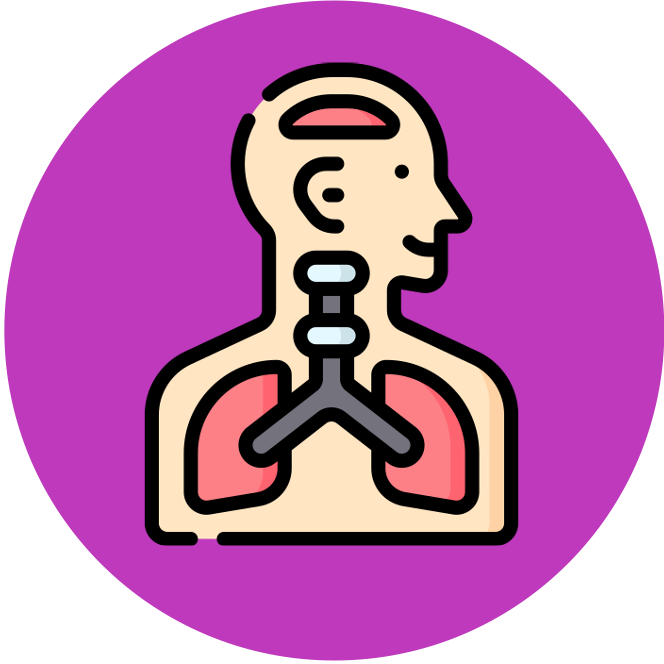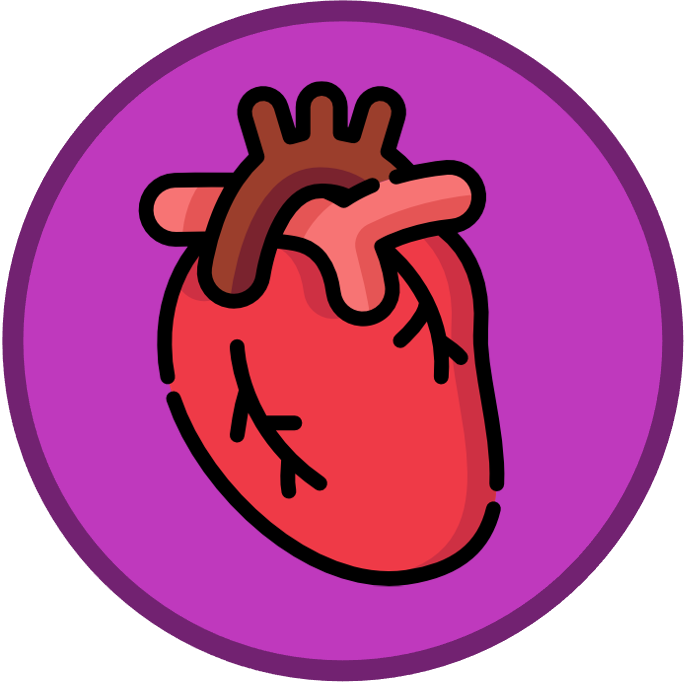

Circulation
All vertebrate animals possess a circulatory system to transport materials between the cells in the body
-
This is a closed system consisting of a continuous network of vessels (arteries, capillaries and veins)
-
The material is transported in the blood with a muscular heart pumping the fluid via rhythmical contractions
Some animals have a single circulation system, while other animals possess a double circulation system
-
Bony fish have a single circulation system, whereby blood flows through a two-chambered heart only once per cycle
-
Mammals have a double circulation system, whereby blood flows through a four-chambered heart twice per cycle
Double circulation systems are more efficient, as oxygenation at the lungs is uncoupled from deoxygenation at the tissues
-
However double circulation systems require more energy and the blood has to flow at higher pressure
Circulation Systems

Single Circulation





